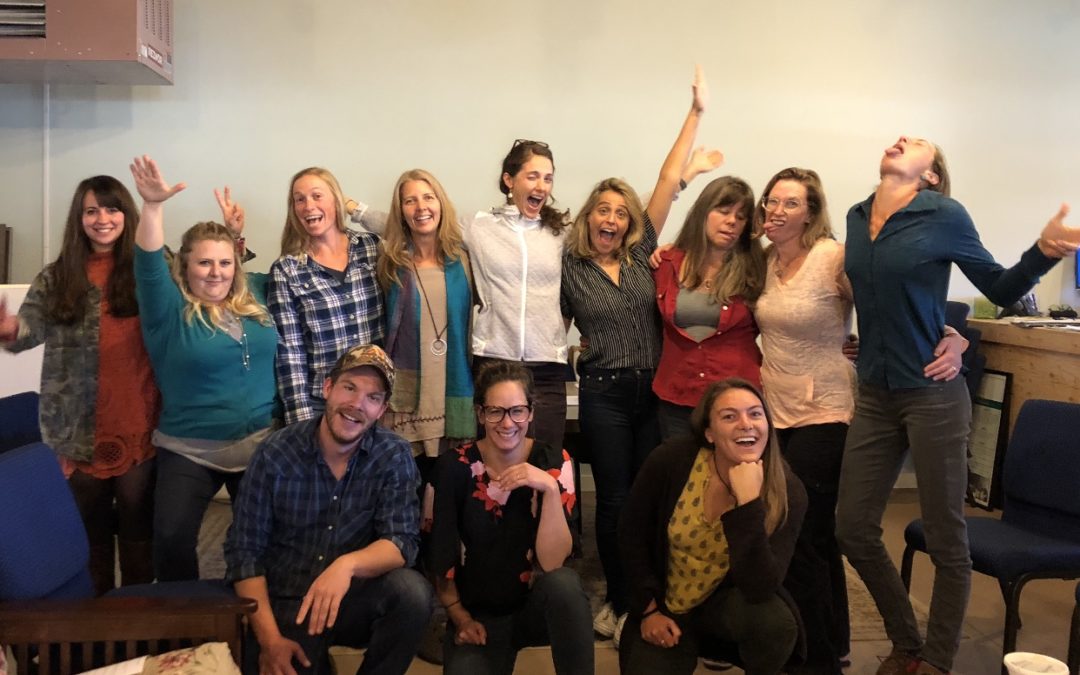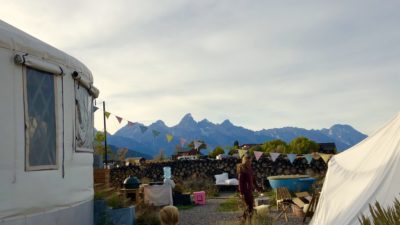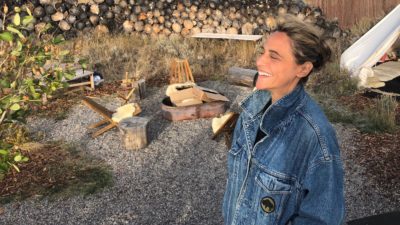The N train that takes you from Manhattan into Brooklyn is pure magic –– between Atlantic Avenue and Canal Street the train moves above ground. It’s this epic opening from darkness into blue sky, grey sky, or rainy sky. During this time you’re gifted the most marvelous view of lower Manhattan, the Brooklyn Bridge, and the Statue of Liberty. I fall back in love with the city every time I ride that train. It’s awe and wonder on a morning commute or a late night journey home. A week before I moved to the road, as I was riding the N train, I watched a small boy no older than three years old standing on the seat in between both his parents. He was fussy, irritated, and crying until that N train came out of the darkness. I watched his eyebrows raise and a sense of curiosity overcome him as the NYC skyline came into view. He turned to his mother who was looking down at her phone, grabbed her chin and pushed it upward to enjoy the scene, but she refused to look up. He turned to his father, poking him and pointing in the direction of the water, but his father was deeply engaged in his cell phone. So, the young boy just watched in awe alone, as the train retreated back underground.
This state of curiosity and connection to what surrounds us is part of our innate nature. We’re biochemically wired to notice, to experience awe and wonder, and to connect with ourselves, with others, and with the world around us. We have evolution to thank for this. Long ago, our ancestors evolved to biologically benefit from connection––specifically, connection with those around us. Though technology does serve us in unique ways, there is nothing that can replace our bodies’ need to see and be seen.
When we think about our evolutionary ancestors, their mode of survival was imperative to community. Without each other we would not have been able to protect ourselves from the dangers of wild animals. Humans have evolved to thrive through connection, and what’s even more fascinating is how the human body has adapted to live longer, healthier, more resilient lives just through face-to-face engagement and love.
The science has shown that when we engage in genuine moments of connection, even moments that last just a few seconds, a biochemical cascade of positive hormones rush through us, slowing down our racing hearts, strengthening our immune systems, and increasing empathy, trust, and altruism.
The power of seeing and being seen has been scientifically proven to help us heal our bodies.
Mind explosion!
So imagine, what might be possible if we began to look at every human being as an opportunity to help heal and strengthen our bodies? What if that person next to us on line at the coffee shop could give us and receive from us a literal heart tune up just with a genuine smile, or a meaningful conversation? Would we begin to look at everyone passing by as an opportunity for wellness?
I think we should try.
The human body has been designed to thrive, heal, and empathize through face-to-face engagement. When we direct our attention to screens instead of each other, our bodies miss out on increased oxytocin–the bodies’ feel good, “tend and befriend” hormone, which helps us read social cues and foster trust. As society seems to become more isolated, with nearly half of Americans feeling lonely, the time is now to prioritize our connections.
As for me, I gave up my home in Brooklyn to commit fully to this passion project. As much as this project is about sharing the science and creating a sense of community and belonging, it’s equally a personal healing journey, hypothesizing whether or not I can help heal my body from years of illness by engaging more with strangers, the earth, and ultimately myself. Just like that boy on the N train, I too am journeying to seek awe and wonder––to awaken my state of curiosity, and to remember to look up, and connect.



